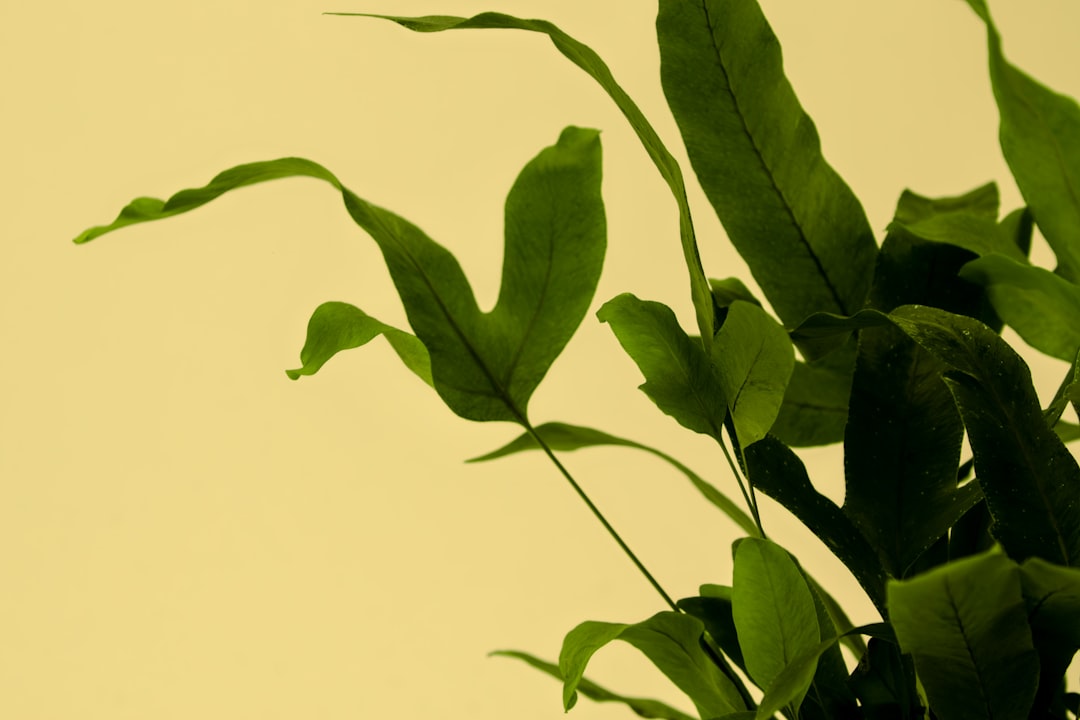Unleashing the Potential of Indoor Seed Sowing for Spring Gardening

Spring gardening is a time of renewal and growth, and one of the most exciting aspects is starting your own plants from seeds. By sowing flower, herb, and vegetable seeds indoors, you can get a head start on the growing season and ensure a bountiful harvest. In this article, we'll explore the best times to start seeds indoors, as well as the types of seeds that are well - suited for indoor sowing.
### When to Start Seeds Indoors
The timing of indoor seed sowing is crucial for the success of your spring garden. Different plants have different requirements when it comes to the amount of time they need to grow from seed to transplant - ready seedlings. As a general rule, you should start seeds indoors 6 - 8 weeks before the last expected frost date in your area. However, this can vary depending on the specific plant.
For example, tomatoes, peppers, and eggplants are warm - season crops that typically need a longer growing period. You should start these seeds indoors 8 - 10 weeks before the last frost. On the other hand, cool - season crops like lettuce, spinach, and radishes can be started 4 - 6 weeks before the last frost. Herbs such as basil, parsley, and cilantro can also be started indoors about 6 - 8 weeks before the last frost.
To determine the last expected frost date in your area, you can consult your local agricultural extension office or use online resources. Once you have this information, you can create a seed - starting schedule to ensure that you start each type of seed at the appropriate time.
### Best Types of Seeds for Indoor Sowing
Not all seeds are created equal when it comes to indoor sowing. Some seeds are more suitable for the controlled environment of an indoor seed - starting setup. Here are some of the best types of seeds to start indoors:
Flower Seeds
Many annual flowers are great candidates for indoor sowing. Petunias, marigolds, and zinnias are popular choices. These flowers are relatively easy to grow from seed and will reward you with a colorful display in your garden come spring and summer. Another option is impatiens, which are known for their shade - tolerance and bright blooms. Starting these flower seeds indoors allows you to have well - established seedlings that can be transplanted into your garden as soon as the weather warms up.
Herb Seeds
Herbs are a wonderful addition to any garden, and starting them from seed indoors is a cost - effective way to grow a variety of fresh herbs. Basil is a favorite for many gardeners, and it thrives when started indoors. Parsley, with its curly or flat leaves, is another herb that can be easily grown from seed. Cilantro, also known as coriander, is a versatile herb that adds a fresh flavor to many dishes. Starting these herbs indoors gives you a head start on having a fresh supply of herbs for cooking throughout the growing season.
Vegetable Seeds
Tomatoes are perhaps the most popular vegetable to start from seed indoors. There are countless varieties of tomatoes available, from cherry tomatoes to large beefsteak tomatoes. Peppers, both sweet and hot, are also commonly started indoors. Eggplants, with their glossy purple fruits, are another warm - season vegetable that benefits from indoor sowing. Additionally, cool - season vegetables like broccoli, cauliflower, and cabbage can be started indoors a few weeks before the last frost to ensure an early harvest.
### Tips for Successful Indoor Seed Sowing
To ensure the success of your indoor seed - starting venture, here are some tips to keep in mind:
Use Quality Seed - Starting Mix
A good seed - starting mix is essential for healthy seedling growth. Look for a mix that is lightweight, well - draining, and free of pests and diseases. Avoid using garden soil, as it can be too heavy and may contain pathogens that can harm your seedlings.
Provide Adequate Light
Seeds need plenty of light to germinate and grow into strong seedlings. If you don't have a sunny window, you can use artificial grow lights. Place the lights about 2 - 3 inches above the seedlings and keep them on for 12 - 16 hours a day.
Keep the Soil Moist
Seeds need a consistently moist environment to germinate. Water your seedlings gently using a misting spray bottle or a watering can with a fine rose. Avoid over - watering, as this can lead to damping - off, a fungal disease that can kill your seedlings.
Transplant at the Right Time
Once your seedlings have developed a few sets of true leaves and the weather is suitable, it's time to transplant them into your garden. Harden off your seedlings first by gradually exposing them to outdoor conditions over a period of 7 - 10 days. This will help them adjust to the change in environment and reduce the risk of transplant shock.
In conclusion, starting flower, herb, and vegetable seeds indoors is a rewarding way to prepare for spring gardening. By knowing when to start your seeds and choosing the right types of seeds, you can enjoy a beautiful and productive garden all season long. With a little planning and care, you'll be well on your way to becoming a successful indoor seed - starter.